I am trying to find a minimum cut of the following network

I am using the following algorithm:
Run Ford-Fulkerson algorithm and consider the final residual graph.
Find the set of vertices that are reachable from source in the residual graph.
All edges which are from a reachable vertex to non-reachable vertex are minimum cut edges. Print all such edges.
In the first step, my algorithm finds 3 paths:
- s->b->h->t **value: 1**
- s->d->e->t **value: 1**
- s->c->h->i->m->d->g->t **value: 0.5**
So the maximum flow (and therefore minimum cut) is equal to 2.5.
However, when I later try to eliminate the aforementioned paths from the network I end up with something like this:

The reachable vertices are s, c and h, which form a cut equal to 3.5.
What am I missing? Why can't I traverse the graph like I would normally to get the minimum cut?


